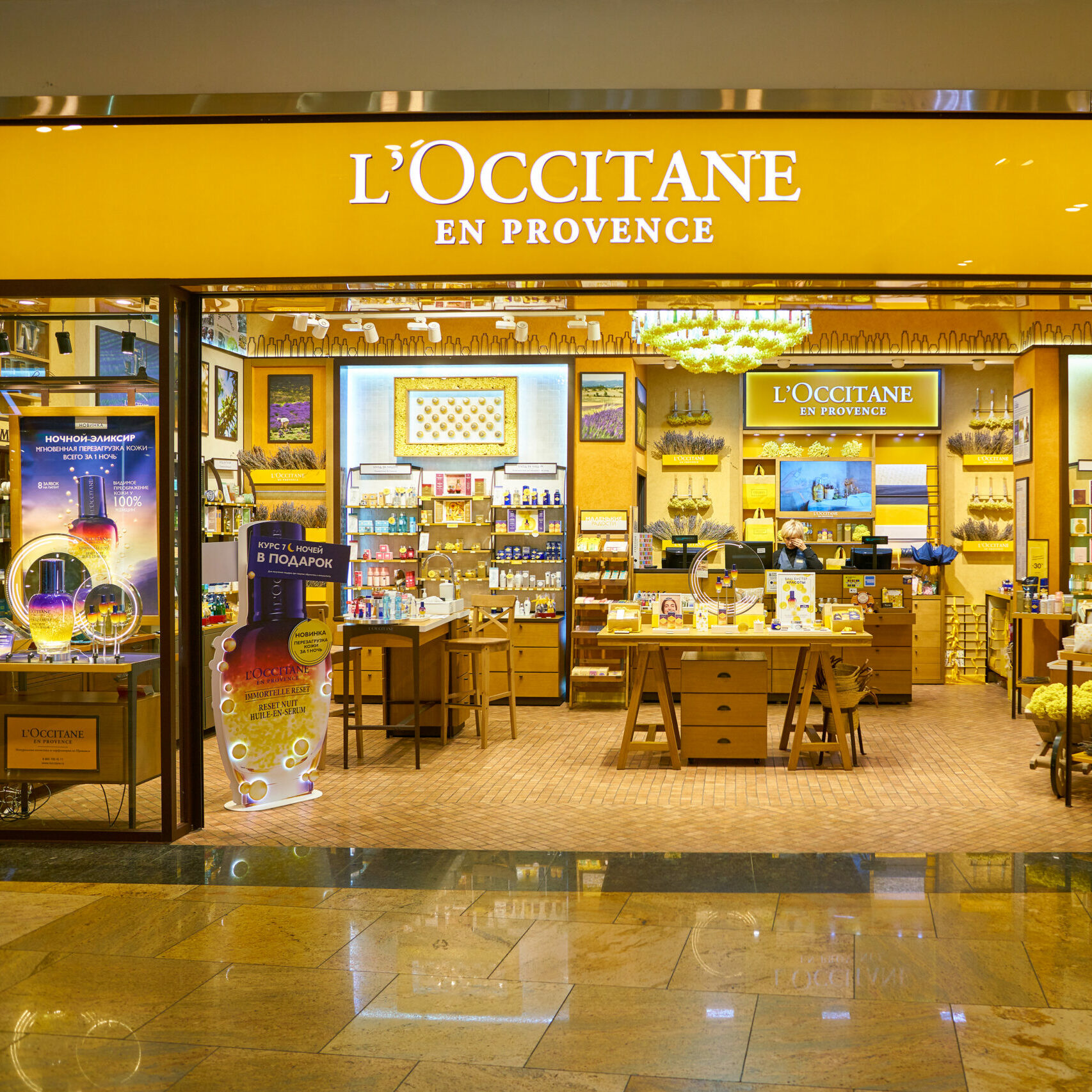Alternative asset managers are changing their business models and exploring a broader set of arrangements designed to improve the alignment of interest between themselves and their investors, according to a survey by the Alternative Investment Management Association (AIMA).
The study, titled “In Concert”, is the most extensive undertaken by AIMA into the design of manager remuneration, investment terms and other methods of deepening the relationship with investors.
AIMA chief executive Jack Inglis (pictured) says: “Managers want to build sustainable businesses and investors want the right kind of performance at a fair price. These are the interests that are being ever more closely aligned.”
The report identifies emerging trends, such as the growing prevalence of “claw backs”, whereby a share of past performance fees are returned to investors during loss-making periods, as well as quantifying longer established practices including “skin in the game”, with managers investing their own personal capital alongside their investors’.
The study finds that these and other beneficial terms often can be obtained by investors in return for agreeing to lock up their capital for longer.
According to the survey one-in-three managers now charge performance fees above a hurdle rate, such as a fixed percentage or an index-based benchmark, while three-quarters (77 per cent) of managers offer or are considering offering a sliding fee scale, whereby management fees are reduced as the fund raises assets above particular thresholds.
In addition, almost all (97 per cent) managers charge performance fees only above a high watermark – the fund’s highest previous value, and athough not widespread, more fund managers are offering claw backs, whereby a share of past performance fees are returned to investors during loss-making periods.
Longer lock-ups meanwhile, in exchange for lower fees and other beneficial terms are increasingly common, while the majority of managers now agree to calculate and charge performance fees annually, rather than throughout the year, such as when profitable positions are closed out.
In firms where staff invest their own capital in the fund, nearly 30 per cent said that principals and employees were the source of more than 10 per cent of the fund’s total assets under management.
Nearly two-thirds (61 per cent) of managers consider that having a significant personal investment in the fund is the single most important method for aligning interest with their investors.
Around half of managers (48 per cent) offer or are considering offering co-investment to their investors, via either a particular investment opportunity or jointly-managed fund.
Disclosure of data has increased substantially since the financial crisis, and investors are given greater access to portfolio managers
Inglis adds: “Hedge funds and other categories of alternative investment funds have, for decades, offered close alignment of interest with their investors. Performance fees charged only above a high watermark and ‘skin-in-the-game’ are decades-old concepts and have helped hedge funds in particular to raise capital from institutional investors. But what our survey shows is that managers now have a much larger array of tools at their disposal and are able to create ever closer and more tailored alignment. This trend helps to explain why, with only isolated exceptions, pensions and other investors have remained loyal to hedge funds in recent years.”
The survey of 120 alternative investment fund management firms was sponsored by RSM, the audit, tax and consulting firm.
Alan Alzfan, RSM’s hedge fund practice leader, says: “Institutional investor demands have brought about significant changes that affect the overall industry. In a highly competitive environment for the asset management industry, this survey provides keen insight on how hedge fund managers continue to take the lead in finding solutions that drive growth and innovation and add value to their investors.”






